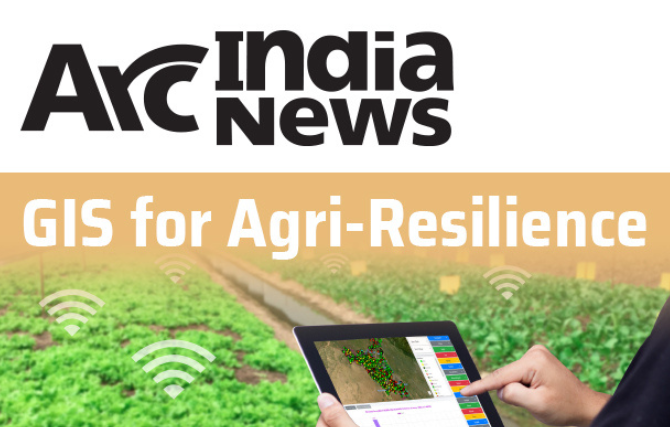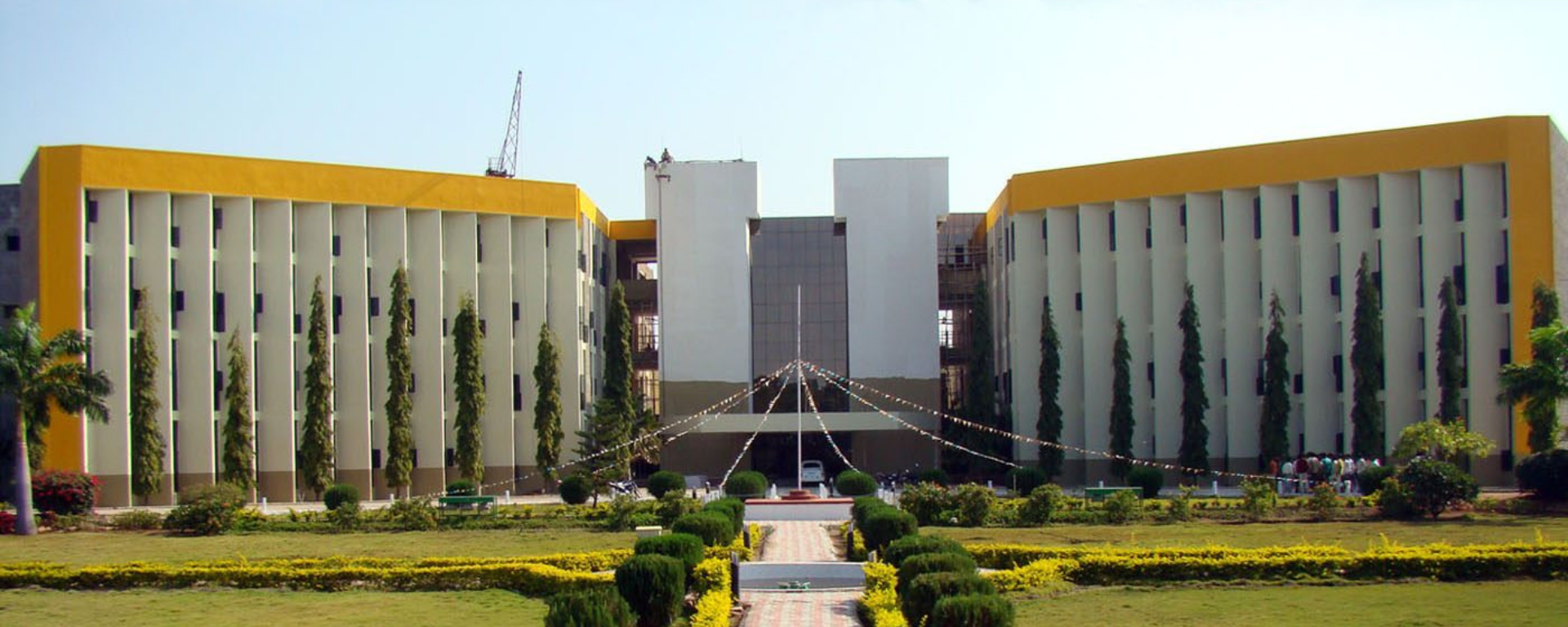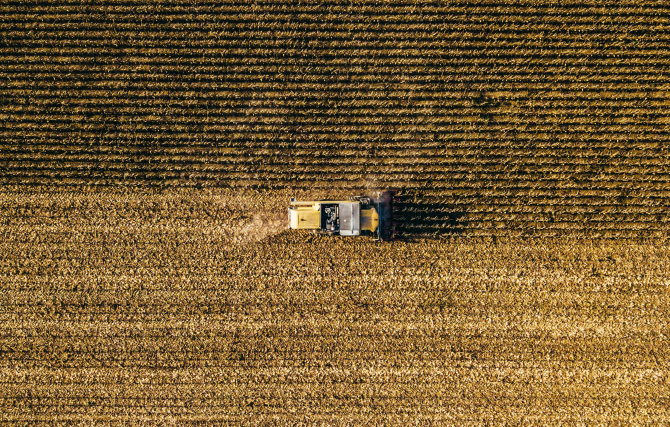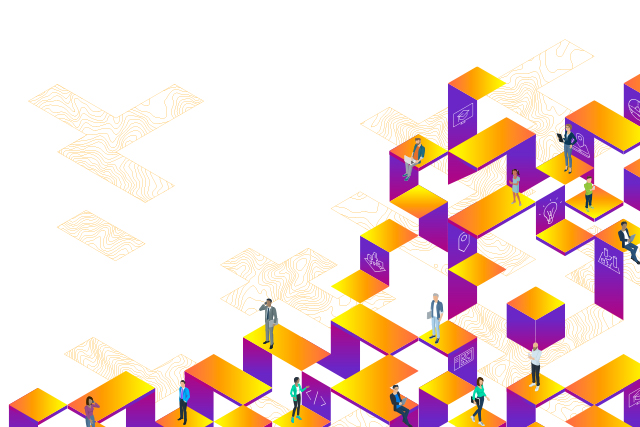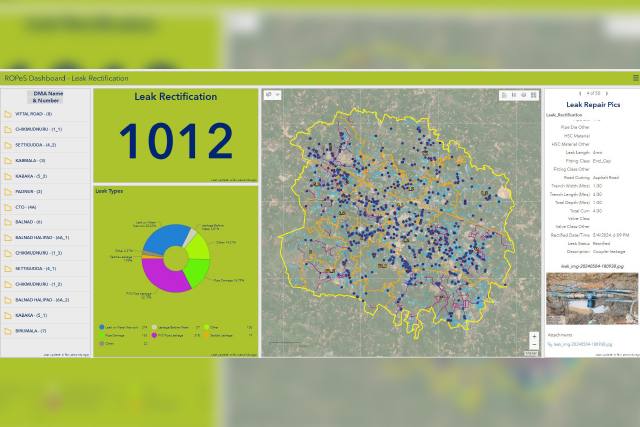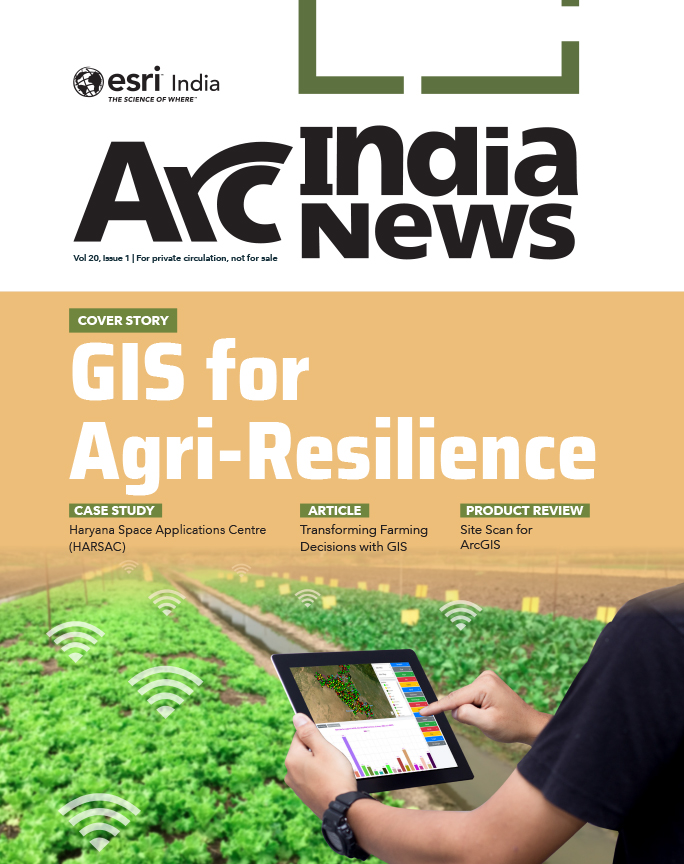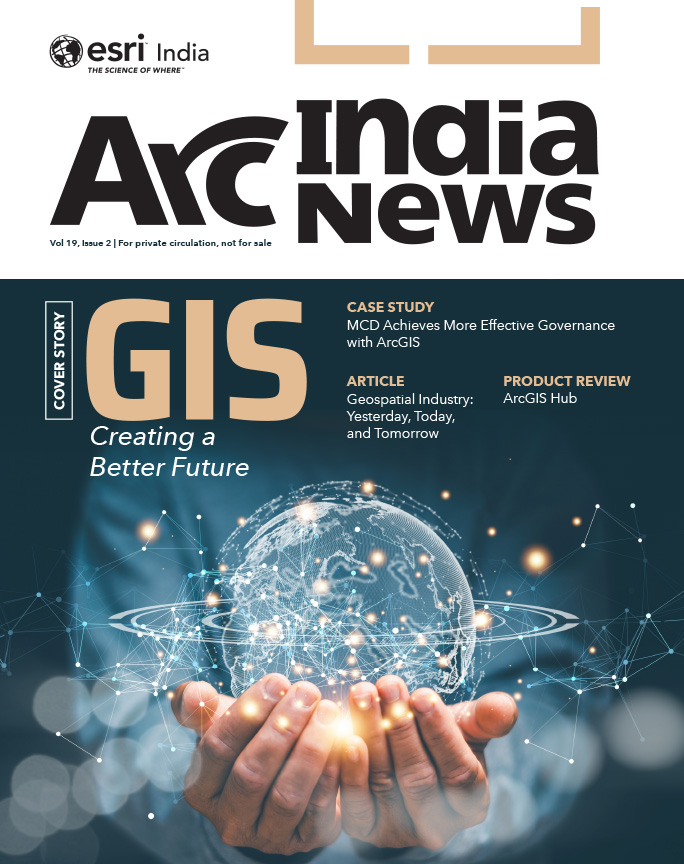Geographic Information Systems (GIS) play a crucial role in addressing challenges in agriculture management by enabling farmers and agricultural experts to analyze, manage, and visualize spatial data effectively. GIS allows for collecting and integrating various types of data, such as soil properties, crop health, weather patterns, and land use, which can be analyzed to make informed decisions. For instance, precision maps help identify areas within a field that require specific inputs like water, fertilizer, or pesticides, thus optimizing resource usage and reducing waste. Prediction maps help to detect early signs of diseases or pests, which can lead to timely interventions. Furthermore, GIS aids in land use planning and crop rotation using detailed maps of soil types, topography, and climate conditions, enabling better decision-making for sustainable land management.
Overall, GIS enhances productivity, reduces costs, and promotes sustainability in agriculture by providing insights that improve decision-making and resource management. Further, geospatial technologies help to develop and adopt market-driven agriculture through the convergence of location-specific farmer’s information, government schemes, supply & demand chains, best management practices, and resource availability, for sustainable food production and security.
